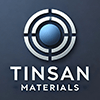Showing 25–36 of 40 results
-
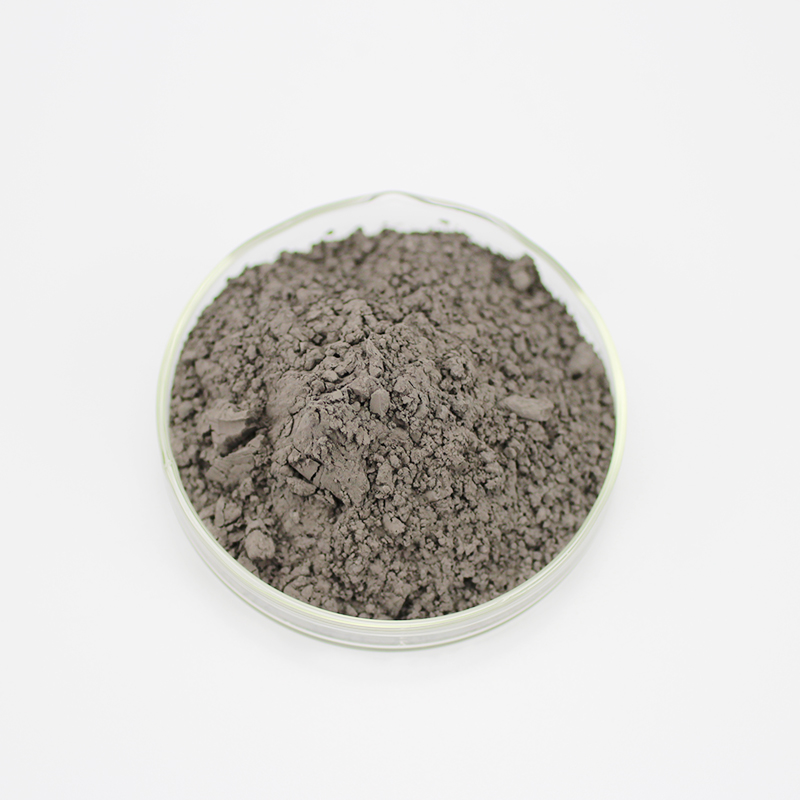
- High-Temperature Strength: Maintains excellent mechanical properties at elevated temperatures.
- Oxidation Resistance: Outstanding performance in oxidative environments.
- Thermal Stability: Stable microstructure under cyclic thermal conditions.
- Corrosion Resistance: Effective against chemical and environmental corrosion.
- Process Compatibility: Suitable for 3D printing, thermal spraying, and conventional metallurgy.
-
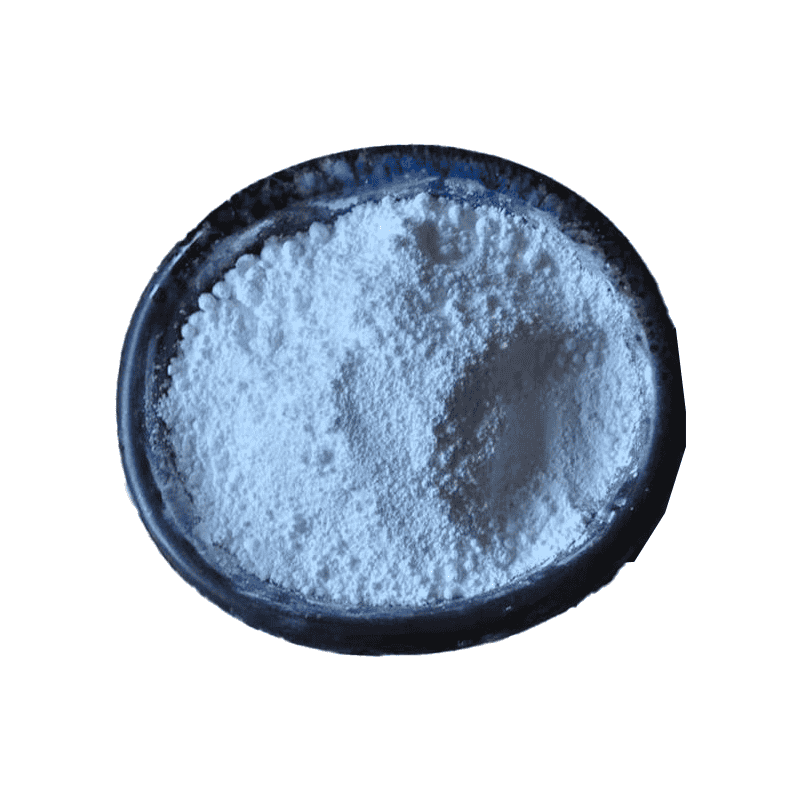
- High-Temperature Strength: Retains superior mechanical properties at elevated temperatures, ensuring long-term reliability in harsh conditions.
- Oxidation and Corrosion Resistance: Exceptional resistance to oxidation and corrosion, even in extreme high-temperature environments.
- Excellent Castability: Ideal for casting applications due to its excellent moldability and resistance to thermal fatigue.
- Versatile Manufacturing: Compatible with additive manufacturing, powder metallurgy, and traditional casting methods.
- High-Precision Components: Suitable for applications that require high-performance parts with precision and minimal defects.
-

- High-Temperature Performance: Outstanding mechanical strength and creep resistance at elevated temperatures.
- Oxidation and Corrosion Resistance: Excellent resistance to oxidation and hot corrosion, ensuring long-term durability.
- Low Carbon Content: Reduces susceptibility to carbide precipitation, improving fatigue resistance.
- Exceptional Castability: Optimized for precision casting applications, with excellent mold-filling capabilities.
- Versatile Applications: Compatible with powder metallurgy and additive manufacturing for complex component production.
-
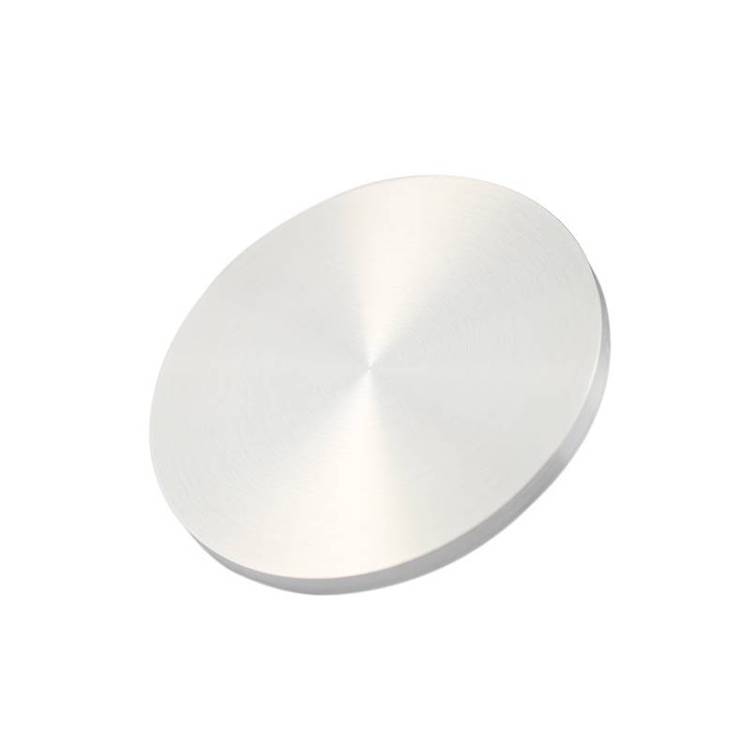
- High Dielectric Constant: LaAlO₃ has a high dielectric constant (k-value), which enhances its performance in capacitors and other high-k dielectric applications.
- Thermal Stability: LaAlO₃ exhibits excellent thermal stability, making it ideal for high-temperature processing and devices that operate in extreme environments.
- Structural Integrity: The perovskite structure of LaAlO₃ contributes to its high mechanical strength and chemical stability, ensuring long-lasting performance in demanding applications.
- Oxide Electronics: LaAlO₃ is widely used in complex oxide electronics due to its ability to form high-quality interfaces with other materials like SrTiO₃ and LaNiO₃.
-
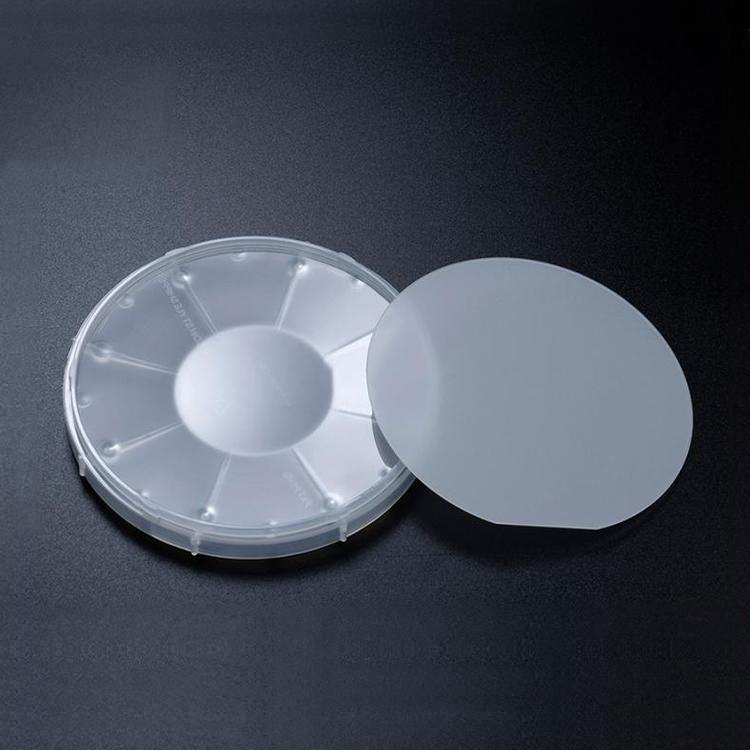
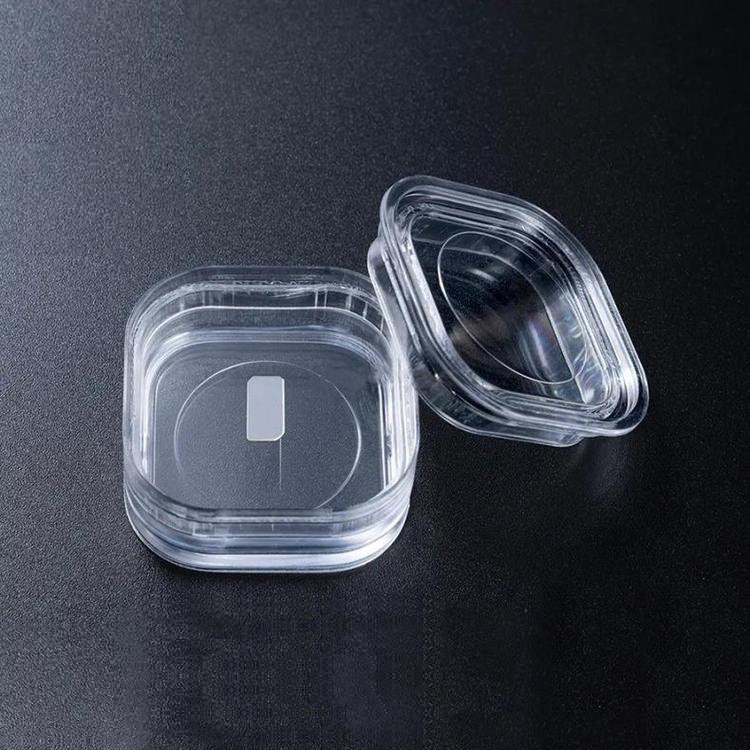
- Excellent Crystal Quality: Low dislocation density, high structural perfection.
- Ideal Lattice Match: Close lattice parameters with materials like YBCO, LSMO, PZT, and other perovskite oxides.
- High Thermal Stability: Suitable for high-temperature thin film deposition processes.
- High Dielectric Constant: Beneficial for microwave devices and tunable capacitors.
- Low Dielectric Loss: Ensures superior performance at high frequencies.
- Chemical Stability: Strong resistance to acids and bases.
- Atomically Smooth Surface: Achieved through advanced polishing and chemical etching processes.
-


- High Thermal Stability: Excellent performance under high temperatures up to 1500°C.
- Wide Bandgap: Enables use in deep UV and high-power electronic applications.
- Superior Mechanical Strength: Resists thermal shock and mechanical stress.
- Excellent Lattice Match: Ideal substrate for GaN, AlN, ZnO, and other oxide semiconductor epitaxial growth.
- Low Dielectric Loss: Beneficial for microwave and RF device applications.
- Chemical Inertness: High resistance to acids, alkalis, and environmental degradation.
- Smooth, Defect-Free Surface: Essential for high-yield epitaxial growth and thin-film deposition.
-
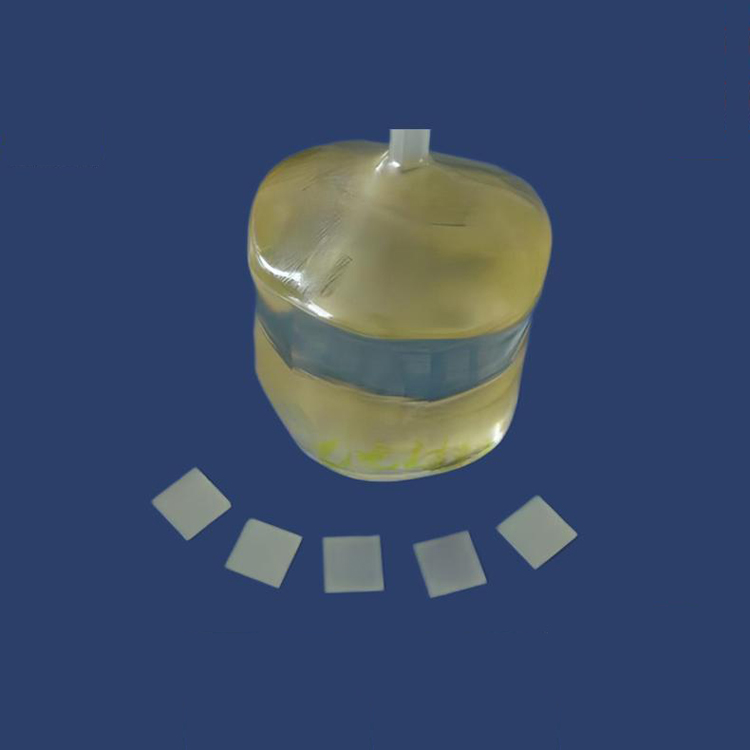
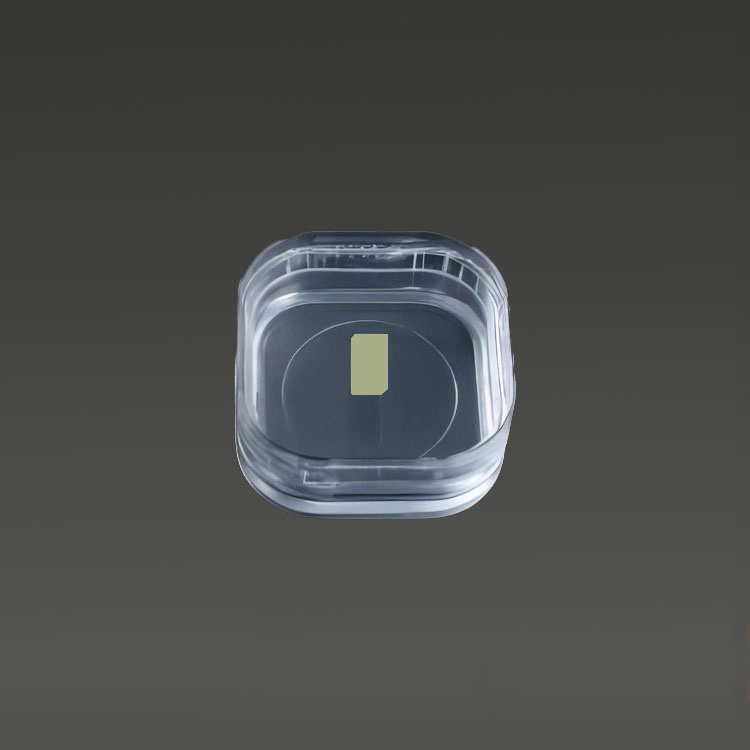
- Excellent Lattice Matching: Ideal match for many perovskite oxides such as YBCO, BST, and PZT
- High Thermal Stability: Maintains structural integrity under high temperatures
- Low Dielectric Loss: Suitable for microwave and dielectric applications
- High Crystallinity: Enables defect-free epitaxial film growth
- Good Mechanical Strength: Durable for various thin-film deposition processes
- Smooth Surface Finish: Atomic-level flatness for epitaxial growth
- High Chemical Stability: Resists degradation during processing
- Wide Application Range: Compatible with superconducting, ferroelectric, and oxide-based systems
-
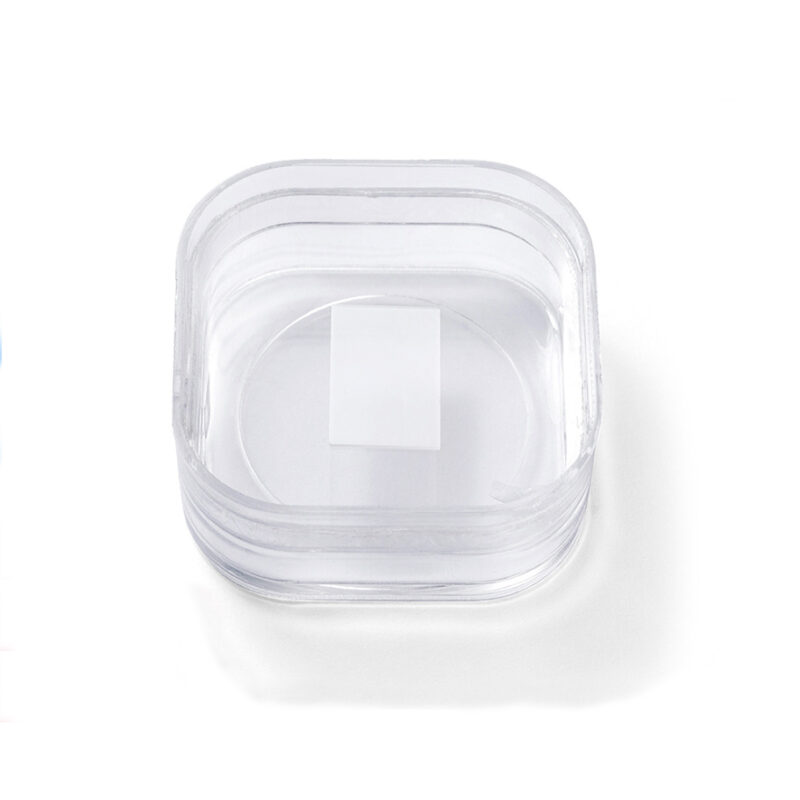
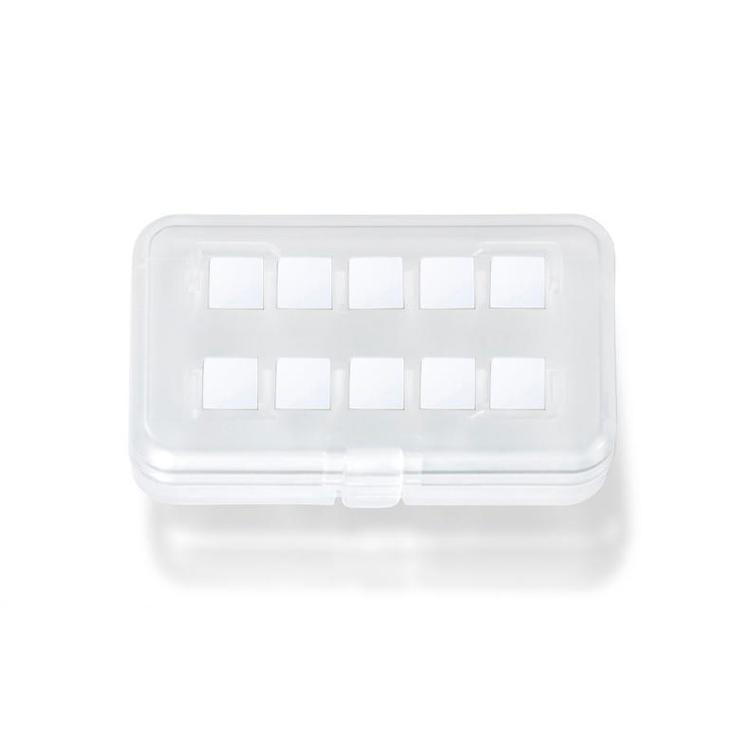
- Excellent Thermal Stability: Suitable for high-temperature processing (melting point ~2135°C)
- Wide Optical Transmission: From 200 nm (UV) to 5000 nm (Mid-IR)
- Superior Mechanical Strength: High hardness and fracture toughness
- Low Thermal Expansion: 8.5 × 10⁻⁶ /°C at 25°C
- High Chemical Resistance: Stable in both acidic and alkaline environments
- Low Dielectric Loss: Favorable for microwave and RF applications
- Surface Quality: Polished to atomic-level smoothness (Ra < 5 Å)
- High Purity: Low levels of impurities ensuring consistent and repeatable results
-
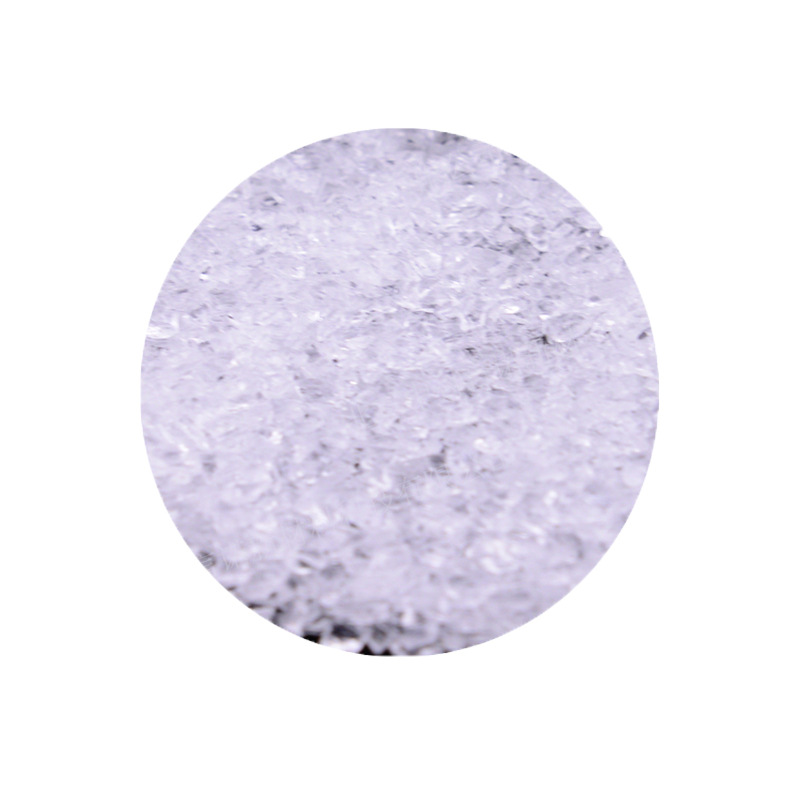
- High UV Transparency: Na₃AlF₆ is transparent in the UV and IR spectral regions, making it suitable for optical coatings in UV-sensitive applications.
- Good Adhesion: Forms thin films with excellent adhesion to a variety of substrates.
- Low Refractive Index: Offers a low refractive index, which is beneficial for anti-reflective coatings and optical interference filters.
- Corrosion Resistance: Provides a protective layer with good resistance to chemical and environmental factors.
-
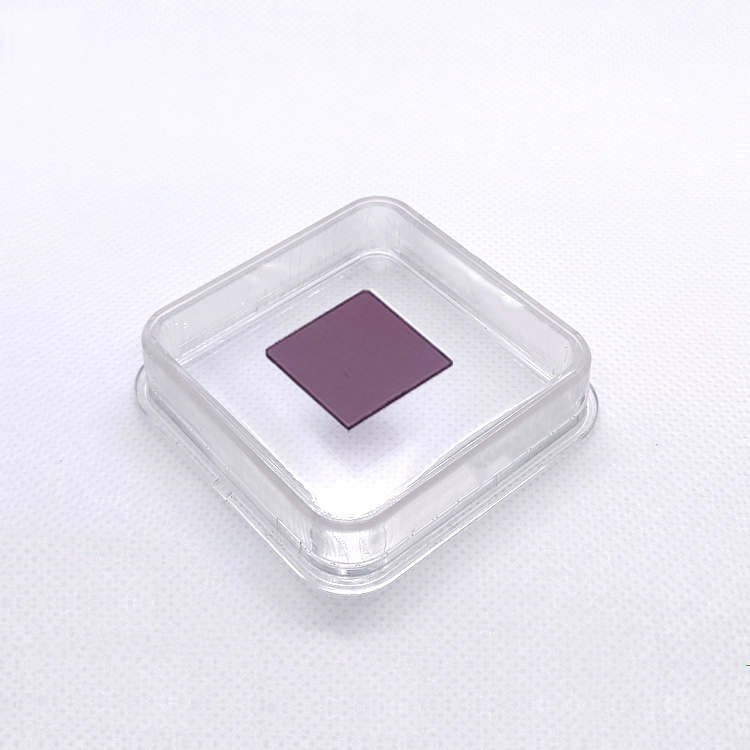
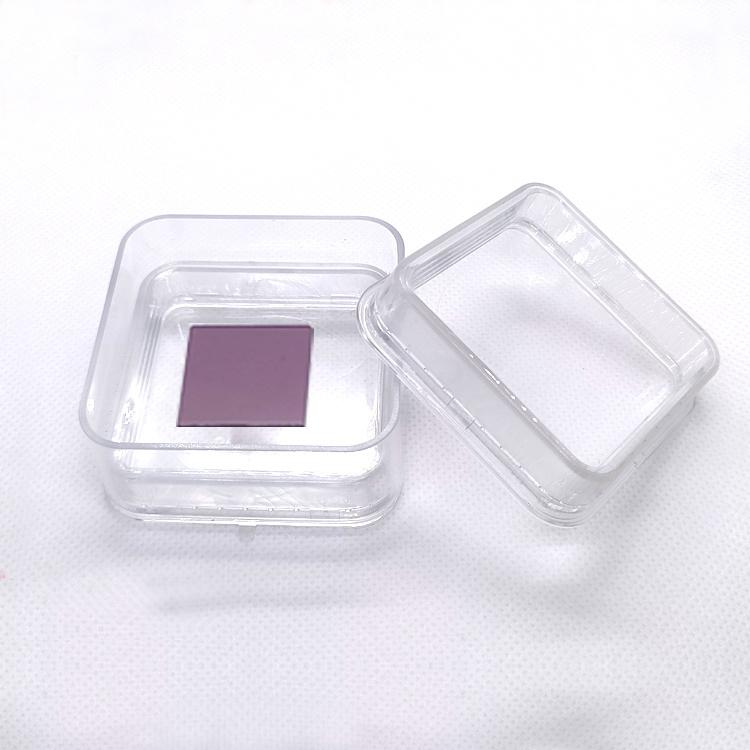
- Excellent Thermal Stability: Maintains crystal integrity at high operating temperatures.
- Good Chemical Resistance: Resists degradation in acidic and basic environments.
- Low Lattice Mismatch: Ideal for the epitaxial growth of complex oxides and superconducting films.
- High Mechanical Strength: Reduces risk of cracking during processing and device operation.
- Superior Surface Quality: Supports high-quality thin film deposition.
- Perovskite-like Structure: Compatible with a broad range of oxide thin films.
- Stable Optical Properties: Suitable for use in optical communication and laser components.
-
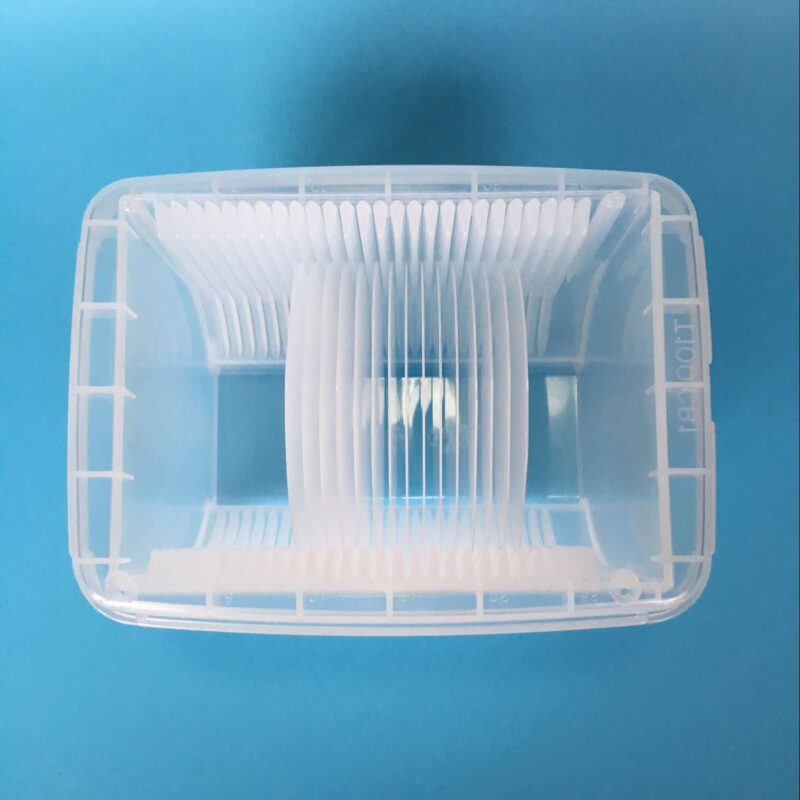
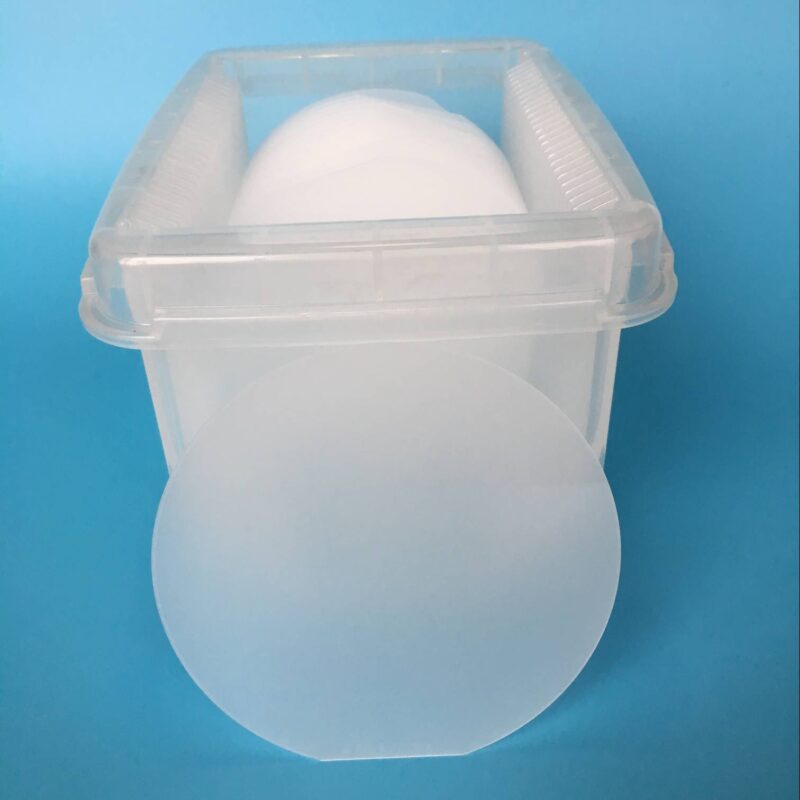
- Extreme surface hardness (Mohs 9, second only to diamond)
- Wide optical transmission from 150 nm (UV) to 5.5 μm (MWIR)
- High thermal conductivity and thermal shock resistance
- Excellent chemical inertness against acids and alkalis
- High dielectric strength and electrical insulation properties
-
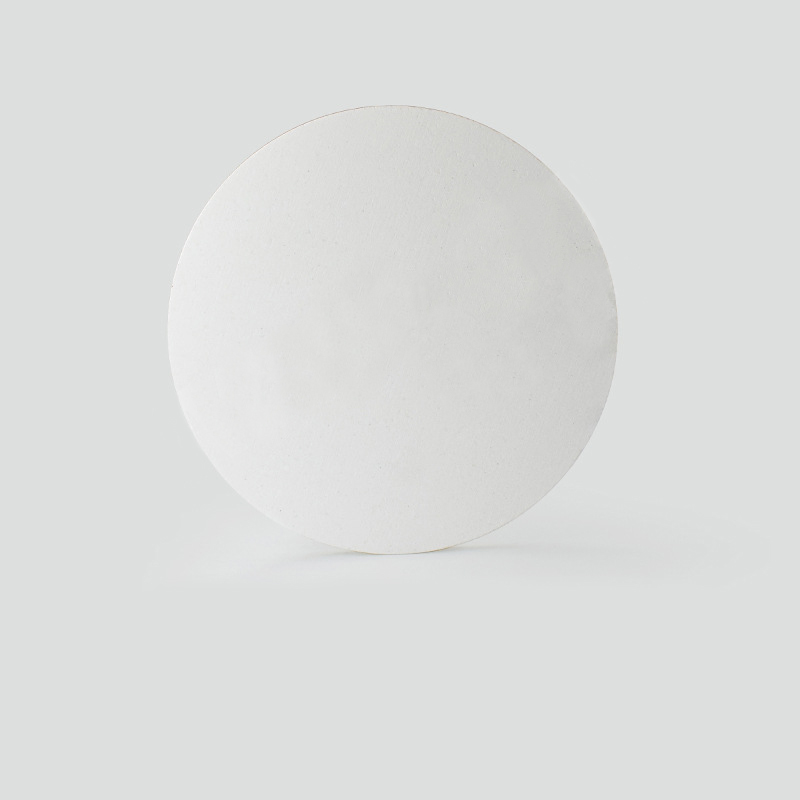
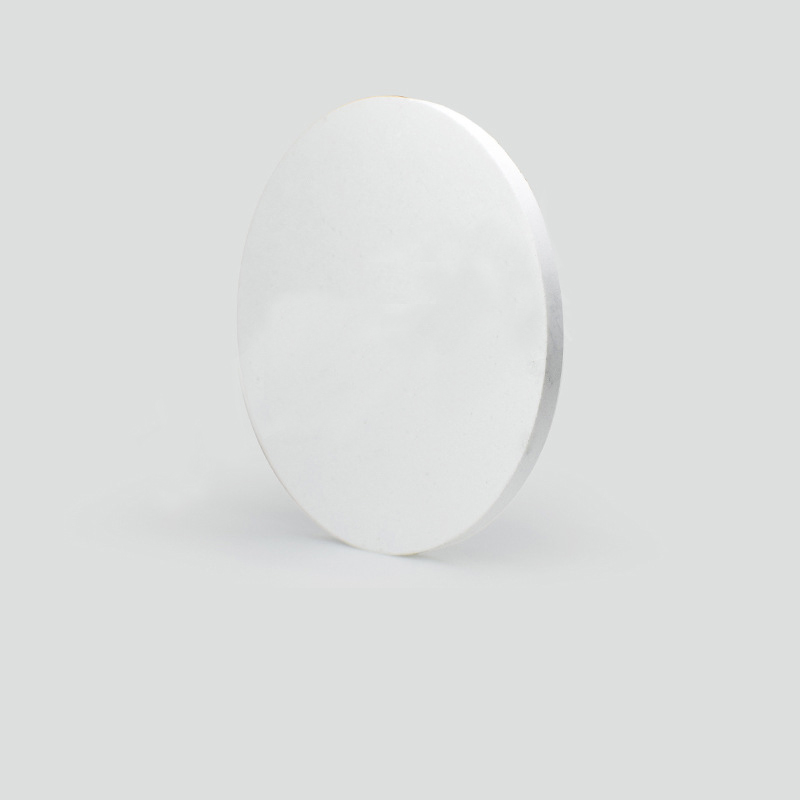
- Thermal Stability: Sr₃Al₂O₆ sputtering targets exhibit excellent thermal stability, making them suitable for high-temperature deposition processes.
- Durability: The material provides strong, durable films that are resistant to wear and tear, enhancing the longevity of devices.
- High Luminescent Properties: When doped with certain elements, it can act as a phosphorescent material, making it valuable in the display and lighting industries.
- Versatile Film Properties: It can produce films with excellent uniformity and precise thickness control in sputtering processes.
- Chemical Resistance: Sr₃Al₂O₆ is chemically stable, contributing to the robustness of coatings and films.
